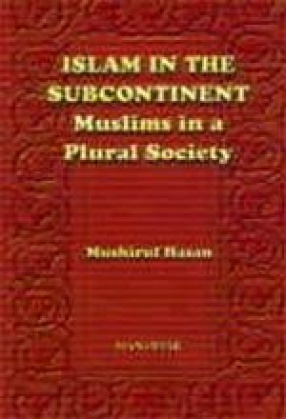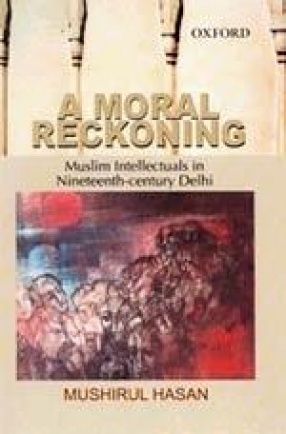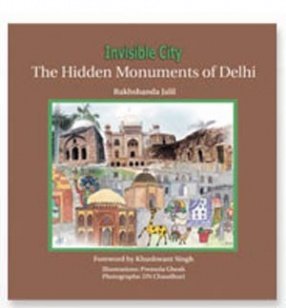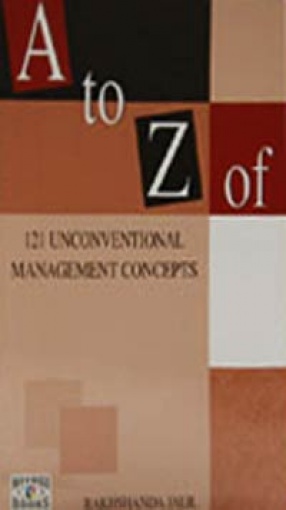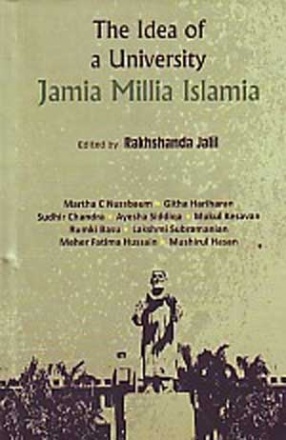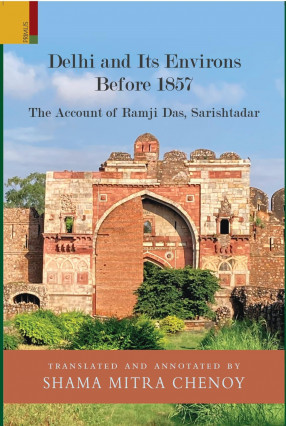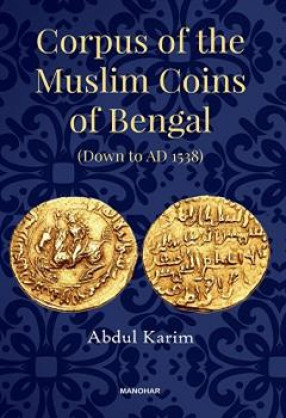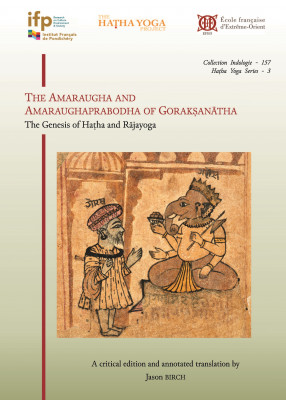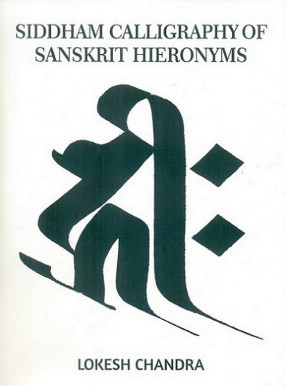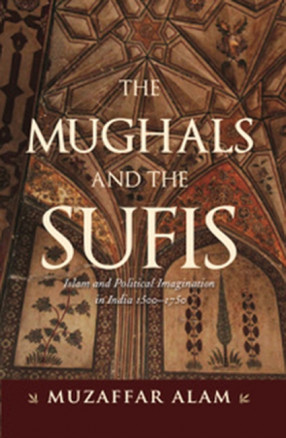FREE & QUICK WORLDWIDE SHIPPING ON $60+
TAKE 10% OFF YOUR ORDER | USE CODE: TAKE10

Book details
-
 271p., Figures; 23 cm.
271p., Figures; 23 cm.
-
 Hardcover
Hardcover
-
 English language
English language
-
 Oxford University Press
Oxford University Press
-
 04.11.2009
04.11.2009
-
 ISBN 10:
198063466
ISBN 10:
198063466
Related categories
Journey to the Holy Land: A Pilgrim's Diary
Synopsis
One of the five pillars of Islam, Hajj (literally ‘effort’) is the largest annual pilgrimage in the world stretching back to the time of the Prophet (seventh century ad) and even earlier. Before the age of organized travel, the journey spread across sea, deserts and mountains was perilous to say the least. Nonetheless, the hajjis (pilgrims) trivialized the dangers in the knowledge that they would soon enter the House of God.
Translated and introduced for the first time, Amir Ahmad Alawi’s Safar-i Sa’adat (Propitious Journey), written in 1929, is a firsthand account of this quintessentially Muslim journey. Presented in the form of a roznamcha or daily diary, the work is much more than a personal narrative of lamentation and triumph. Alawi watched, listened and recorded with an air of confident authority. His catholic vision captures the comingling of cultures and peoples, and he candidly comments on the social, economic and political conditions of the places he passed through.
The comprehensive Introduction, while locating the place of hajj in Islam and describing some of its well-known customs, rituals and practices, provides a broad understanding of hajj in colonial India. The special piece, ‘My Experience of the Hajj of 1916’ by J.S. Kadri, information on movement of ships meant for hajj passengers of 1929 and a detailed glossary add value to the book.
Translated and introduced for the first time, Amir Ahmad Alawi’s Safar-i Sa’adat (Propitious Journey), written in 1929, is a firsthand account of this quintessentially Muslim journey. Presented in the form of a roznamcha or daily diary, the work is much more than a personal narrative of lamentation and triumph. Alawi watched, listened and recorded with an air of confident authority. His catholic vision captures the comingling of cultures and peoples, and he candidly comments on the social, economic and political conditions of the places he passed through.
The comprehensive Introduction, while locating the place of hajj in Islam and describing some of its well-known customs, rituals and practices, provides a broad understanding of hajj in colonial India. The special piece, ‘My Experience of the Hajj of 1916’ by J.S. Kadri, information on movement of ships meant for hajj passengers of 1929 and a detailed glossary add value to the book.
-10%
Item available. Ships in 1-2 days.




